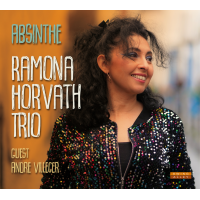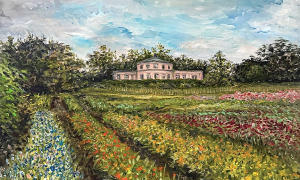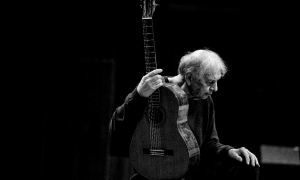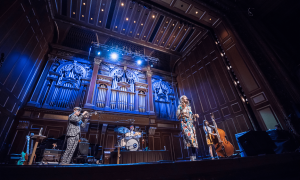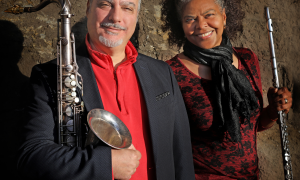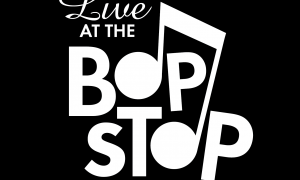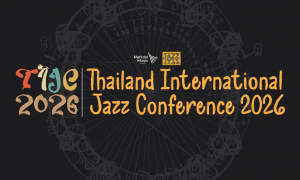“Musicians are quintessential examples of free-agent workers, mixing income and seeking out affordable, creative places to do their work. And the concentration of musical talent and firms into clusters and scenes - in an industry which requires little in the way of capital infrastructure and fixed costs - can help us better understand geographic clustering across a wide variety of fields".
Proof that clusters of musicians or “scenes" can transform a community abound. Berlin, London, Los Angeles and New York were once, and to some degree still are, in part defined by the music created and musicians that live there. More recently Nashville, Austin and Brooklyn have all benefited from the music.
Others from Memphis to Mussel Shoals to the Blue Ridge Mountains around Roanoke, VA are using their musical heritage to try to revitalize their cities and regions. In some areas new scenes are also being built from the remnants of the old.
But just as music matters to cities; cities also matter to music. Even in an age when messages and mixes travel around the globe in seconds, where musicians and other members of the creative class live and create matters.
Read Part 1: Music & The Creative Class: A Fruit Fly Industry
Next: Why Where Music Is Made Matters
Resources from Richard Florida:
- The Rise of the Creative Class
- As of Tuesday morning Amazon had a few “bargain" copies of Florida's Who's Your City?: How the Creative Economy Is Making Where to Live the Most Important Decision of Your Life
for just 80 cents.






